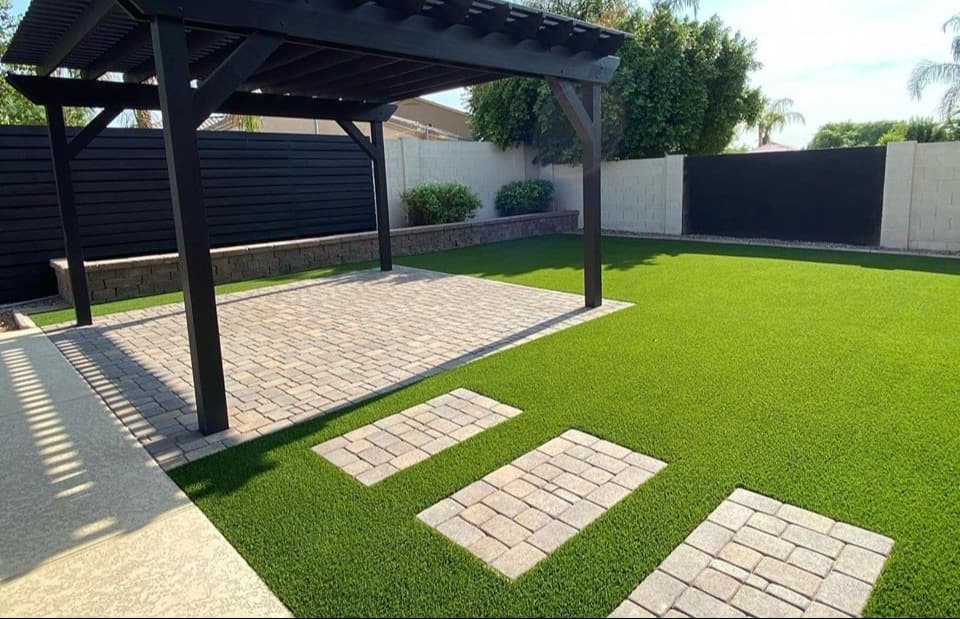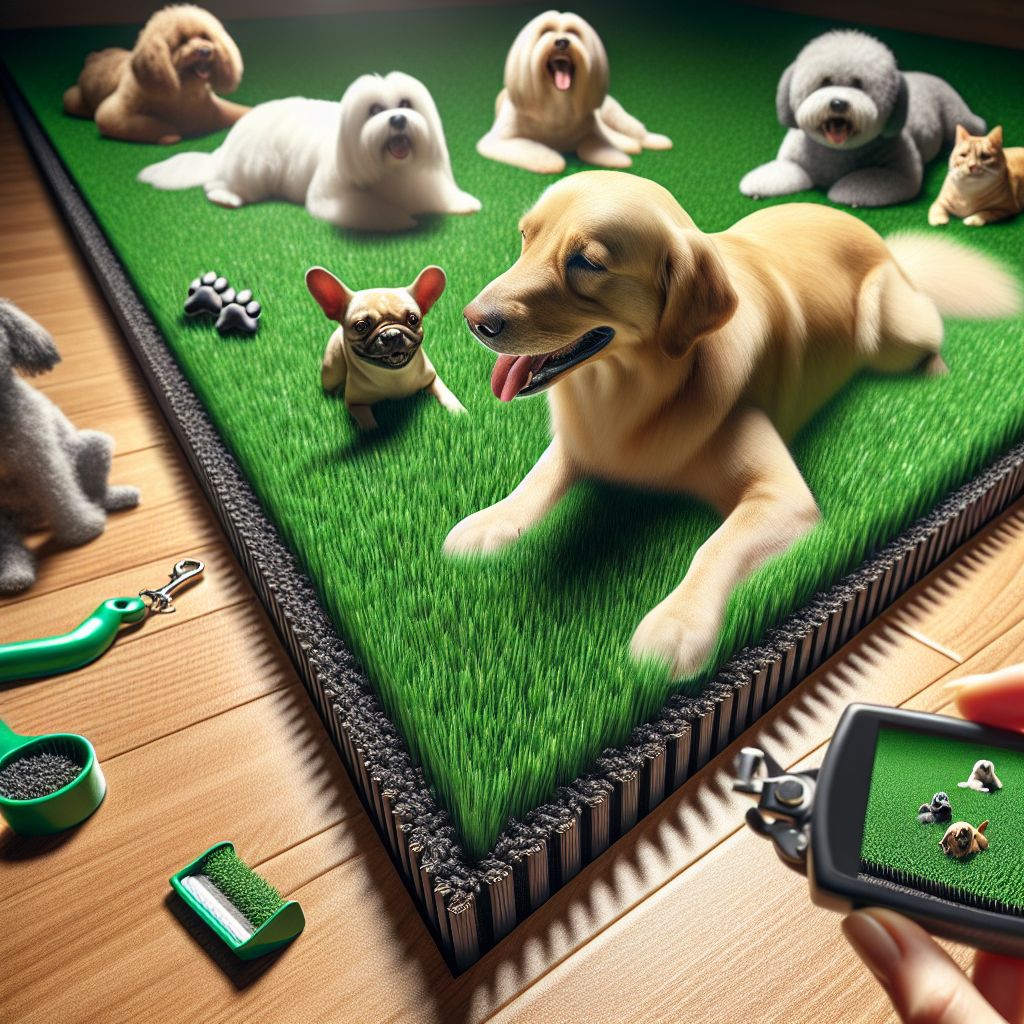
Picture this: a lush, green oasis in your backyard where you can perfect your golf swing anytime. Maintaining artificial grass on a putting green isn’t just about aesthetics; it’s about preserving the functionality and longevity of your practice area. But how do you achieve that? Let’s dive into the steps to keep your artificial grass in tip-top shape.
Artificial grass, known for its durability and low maintenance, is a popular choice for putting greens. Imagine it as a finely tuned instrument that requires regular attention to perform at its best. Unlike natural grass, which demands endless watering and mowing, synthetic turf offers a hassle-free alternative. Yet, it still needs your care to remain pristine and functional.
Imagine being a gardener without a trowel or a painter without a brush. Similarly, maintaining artificial grass requires specific tools to ensure it stays in prime condition.
Maintaining your artificial grass putting green is akin to grooming a prized horse; it requires regular, gentle care. Here’s a step-by-step guide to keep your turf looking lush and performing beautifully:
Just like brushing your teeth daily, cleaning the turf should become a routine. Use a broom or a leaf blower to remove debris such as leaves, twigs, and dirt. For more thorough cleaning, rinse the turf with water using a hose.
Over time, the grass fibers may flatten due to foot traffic. Using a broom or brush, gently sweep against the grain to lift the fibers. This keeps your green looking fresh and ensures an even playing surface.
The infill acts as the backbone of your turf, supporting the fibers and providing cushioning. Periodically check infill levels and replenish if needed. Use a rake designed for artificial grass to evenly distribute the infill.
Nobody likes an unpleasant odor wafting from their putting green. Apply synthetic turf cleaner to prevent bacterial growth and keep your turf smelling fresh. This is especially important if pets frequent the area.
Your putting green is like a fortress; any breach can lead to larger issues. Regularly inspect for tears or loose seams and repair them promptly to avoid further damage.
Even with the best care, issues can arise. Think of these problems as weeds in your garden – they need to be addressed promptly.
If you notice stains from food, drinks, or pet waste, clean them immediately. Use a mixture of water and mild soap, then rinse thoroughly. For stubborn stains, consider specialized cleaners made for synthetic turf.
Moss and algae are like uninvited guests at your party. Prevent their growth by ensuring proper drainage and sunlight exposure. If they do appear, use a moss or algae killer safe for synthetic turf.
For optimal results, clean your putting green weekly to remove debris and monthly for a deeper clean including brushing and sanitizing.
No, it’s best to use cleaners specifically designed for synthetic turf to avoid damaging the fibers or infill.
If mold appears, treat it with a moss or algae killer that’s safe for synthetic turf and ensure proper drainage and sunlight exposure to prevent recurrence.
Your artificial grass putting green is more than just a practice area; it’s a personal sanctuary where you can perfect your skills. By following these maintenance tips, you’ll ensure it remains lush, attractive, and ready for play year-round. Remember, a well-maintained putting green is not just about appearance; it’s about preserving your investment and enhancing your golfing experience.
For more professional advice on maintaining synthetic surfaces, visit the experts at the EPA Green Infrastructure. Additionally, learn more about the benefits of artificial turf from Wikipedia’s comprehensive overview.


